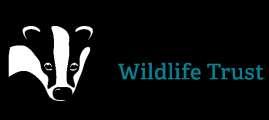
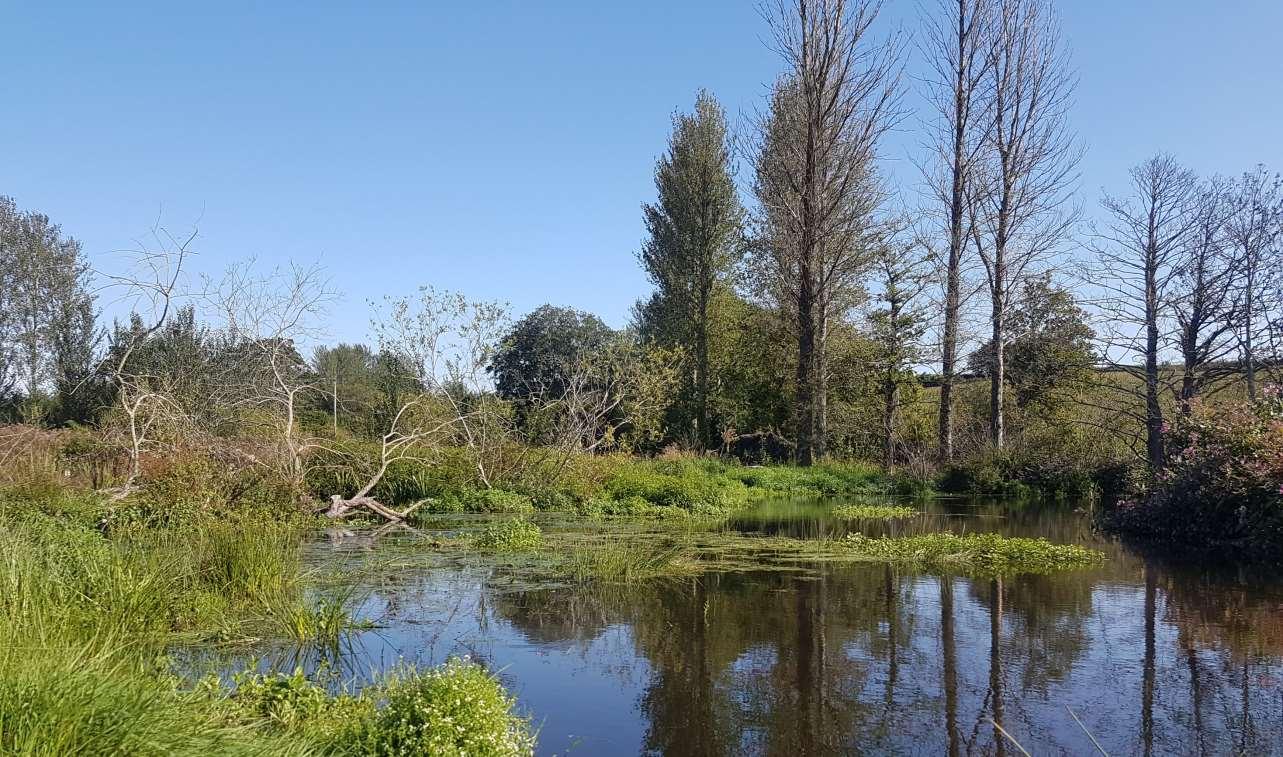
Devon Beaver Project: Updates and opportunities in the Tamar catchment
Dr Holly Barclay, Green Finance Officer
Devon Beaver Project, Devon Wildlife Trust
Wildlife for the Future devonwildlifetrust.org
Protecting
Beavers in Devon:


Key: Present Present in connected catchment


DWT updates from the Tamar
• Tamar Beaver Management Group Forum held on Feb 2023. Repeat meeting planned for winter 2023.
• Beaver Management Steering Group meetings scheduled for summer, autumn and winter: any issues with beavers that need to be raised – please direct to myself or Matt Holden.
• Natural England are seeking expressions of interest for CL52 beaver management licence training. This is for individuals who want to be able to modify or remove beaver dams outside their breeding season. Email beavers@devonwildlifetrust.org for details.
 Photo: Mike Symes
Photo: Mike Symes
DWT’s initial work with beavers:

Education and awareness raising
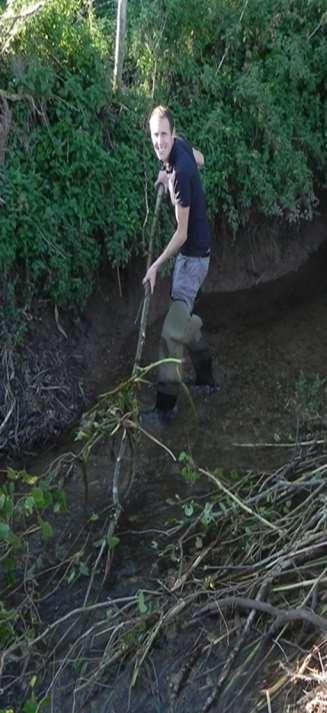
Advice, guidance and management
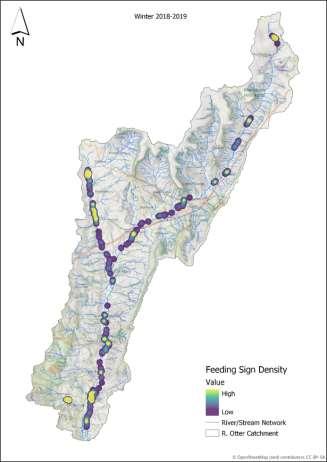
Research and monitoring
Protecting Wildlife for the Future

devonwildlifetrust.org

Devon Beaver Project now:

Education and awareness raising


Advice, guidance and management

Research and monitoring
devonwildlifetrust.org


Protecting Wildlife for the Future

Managing beavers within the legal framework
A 5-step approach to managing beaver activity should be followed:

1. Engagement with beaver management groups
2. Making space for beavers to avoid the need for further actions, e.g. leaving space around a waterway for beavers to use.
3. Taking lawful mitigation actions that do not need a licence, e.g. tree protection, removing a dam that is <2 weeks old.
4. Lower-impact licensed actions, such as reducing dam height.
5. Higher-impact licensed actions that only a specially trained and licensed person can carry out, such as dam removal during the breeding season or translocation.
https://www.gov.uk/government/publications/beavers-protection-and-management/protection-andmanagement-of-beavers-in-england
Photo: Alan Puttock
Managing beavers within the legal framework
A 5-step approach to managing beaver activity should be followed:

1. Engagement with beaver management groups
2. Making space for beavers to avoid the need for further actions, e.g. leaving space around a waterway for beavers to use.
3. Taking lawful mitigation actions that do not need a licence, e.g. tree protection, removing a dam that is <2 weeks old.
4. Lower-impact licensed actions, such as reducing dam height.
5. Higher-impact licensed actions that only a specially trained and licensed person can carry out, such as dam removal during the breeding season or translocation.
https://www.gov.uk/government/publications/beavers-protection-and-management/protection-andmanagement-of-beavers-in-england
Photo: Alan Puttock
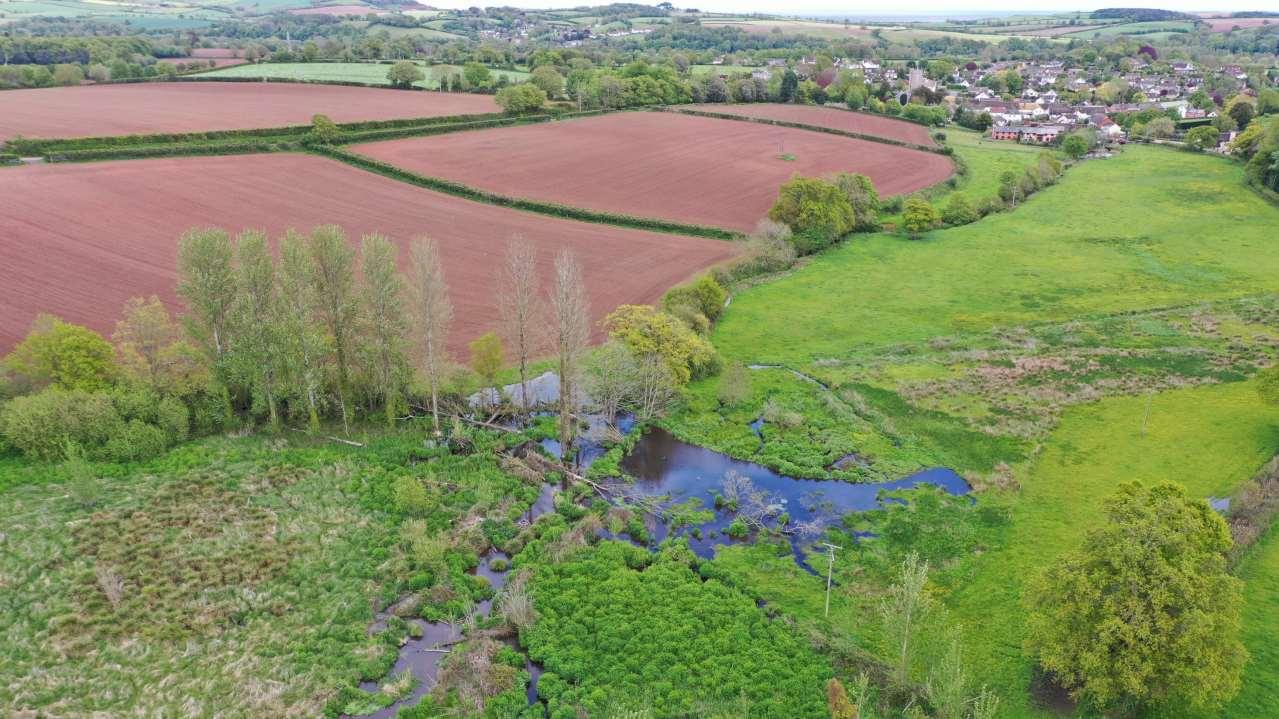
Some of the costs for landowners with beaver wetlands
£
of
Impacts on infrastructure £ Loss of cropped land £ Loss
grazing pasture £ Costs of monitoring and management
Photo: Alan Puttock
How beavers benefit nature and society



More opportunities for ecotourism and recreation5

Complex wetland habitats support a range of plant and animal species3 100 tonnes of carbon stored per hectare of beaver pond6

Lower nitrates and suspended sediments in water downstream2,7

30% reduction in flood peak flows (av.) lowers downstream flood risk1

Reduced flood risk

Improved water quality


> 1 million litres of water storage, increased downstream water supply1,4


Increased biodiversity Resilience to drought
Carbon storage

Recreation and ecotourism
References: 1. Puttock et al 2017. Science of the Total Environment, 576, 430-443. 2. Dewey et al 2022. Nature Communications, 13, 6509. 3. Stringer & Gaywood (2016). Mammal Review, 46, 270-283. 4. Larsen e2021. Earth Science Reviews, 218, 103623. 5. Auster et al 2020. Journal for Nature Conservation, 58, 125920. 6. Puttock et al 2018. Earth Surface Processes and Landforms, 43, 2358-2370. 7. Puttock et al 2021. Hydrological Processes, 35, e14017.
Photo: Alan Puttock
Our aims:
1. To make space for beaver wetlands
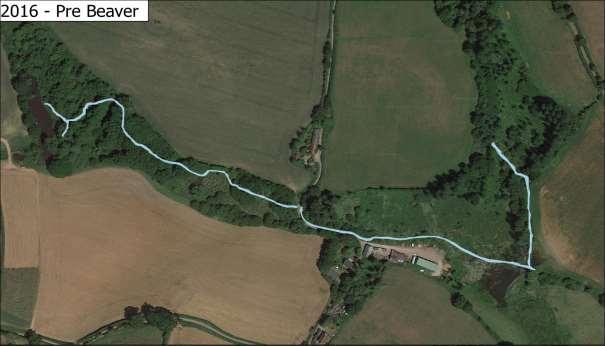
Managed:
Making Space for beavers: Wetland extent:
Wetland extent:

Estimated surface water extent based on drone images captured by researchers at the University of Exeter
Our aims 2:
To make catchments ‘beaver ready’
• Modelling by University of Exeter is identifying reaches in the Otter and the Tamar where habitat for beavers limits their potential to build dams.
• Engagement will be targeted at sites where ecosystem services with potential to attract funding can be maximised by beaver wetlands while potential conflicts are minimised.


Protecting Wildlife for the Future


Funding opportunities for beaver wetlands: public finance
Agricultural Transition Plan 2023
Environmental Land Management (ELM) scheme aims to support farmers to deliver public goods and make a significant contribution to the environment:
Sustainable Farming Incentive (SFI)
Countryside Stewardship Landscape Recovery
Farming in Protected Landscapes (FiPL)
England Woodland Creation Offer (EWCO)

the
devonwildlifetrust.org
Protecting Wildlife for
Future
Private donations/ project grants
Funding opportunities for beaver wetlands: private finance Payments for Ecosystem Services (from private sector)
Corporate Social Responsibility (CSR)
Offsets
Compliance Voluntary
e.g. Biodiversity Net Gain (BNG)
e.g. Carbon offsets

Protecting Wildlife for the Future
devonwildlifetrust.org
Green finance for beaver wetlands: Proposed delivery model

Devon Beaver Project: Next steps in the Tamar
We are looking for information on:
• Supportive land managers in the Tamar catchment who are willing to work with us to develop these options (making space for beaver wetlands and/or making the catchment beaver ready)
• Potential partners who can provide feedback on the modelling of opportunity zones for beavers
• Potential funders who are interested in supporting beaver habitats and the ecosystem services they can deliver in the Tamar
• Developing the evidence base on ecosystem services provided by beavers.

Protecting Wildlife for the Future devonwildlifetrust.org
Thank you for listening!
Further reading on licenced beaver management activities: Protection and management of beavers in England - GOV.UK (www.gov.uk)
DWT beaver team: beavers@devonwildlifetrust.org
Holly Barclay: hbarclay@devonwildlifetrust.org
Matt Holden: mholden@devonwildlifetrust.org






Thank you to our funders: and the Adrian Swire Charitable Trust
Photo: Nick Upton / www.naturepl.com






 Photo: Mike Symes
Photo: Mike Symes

























